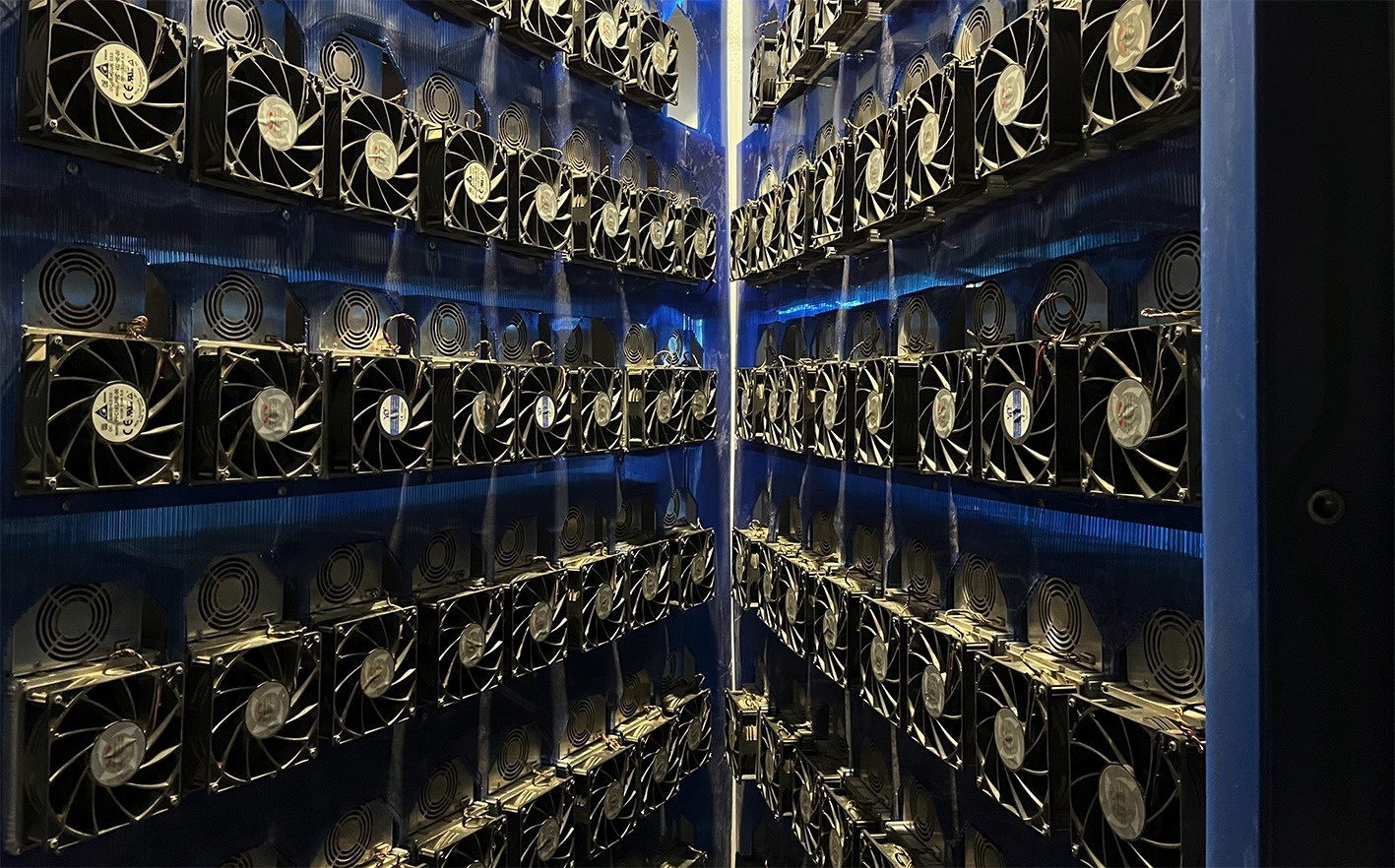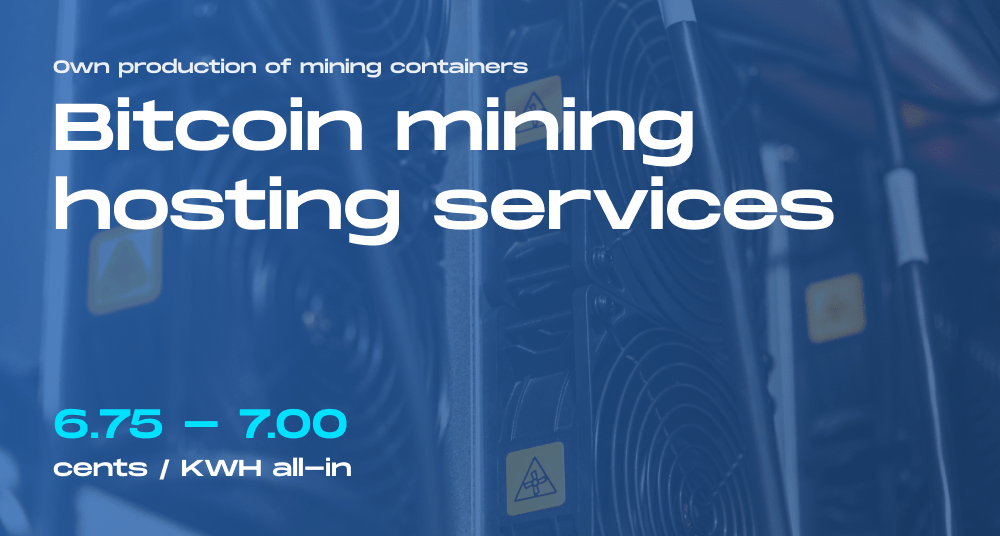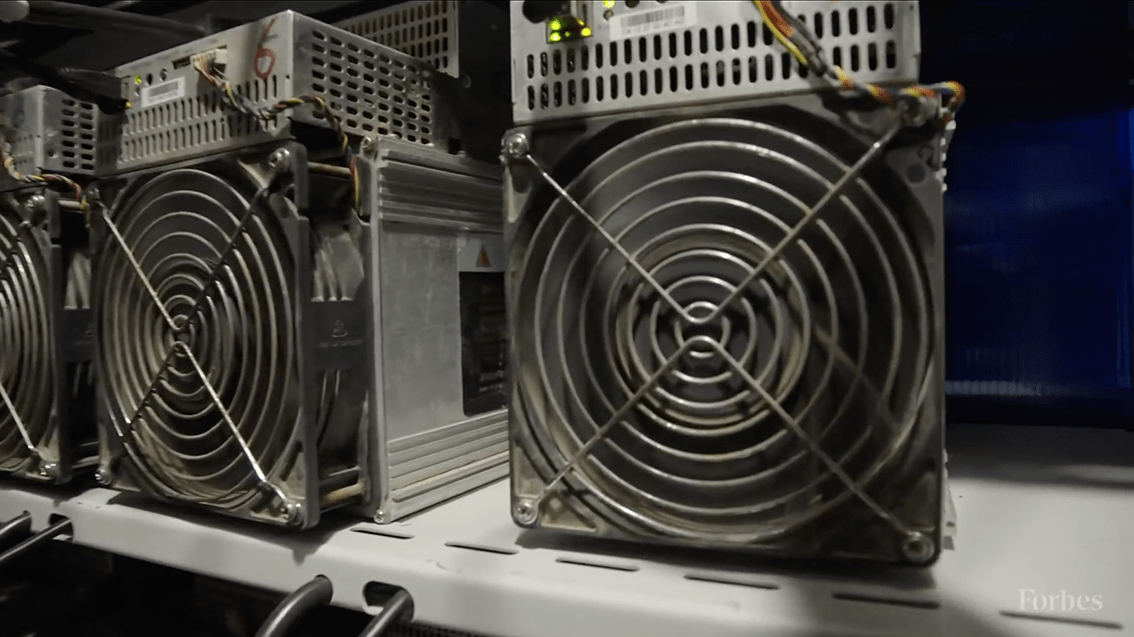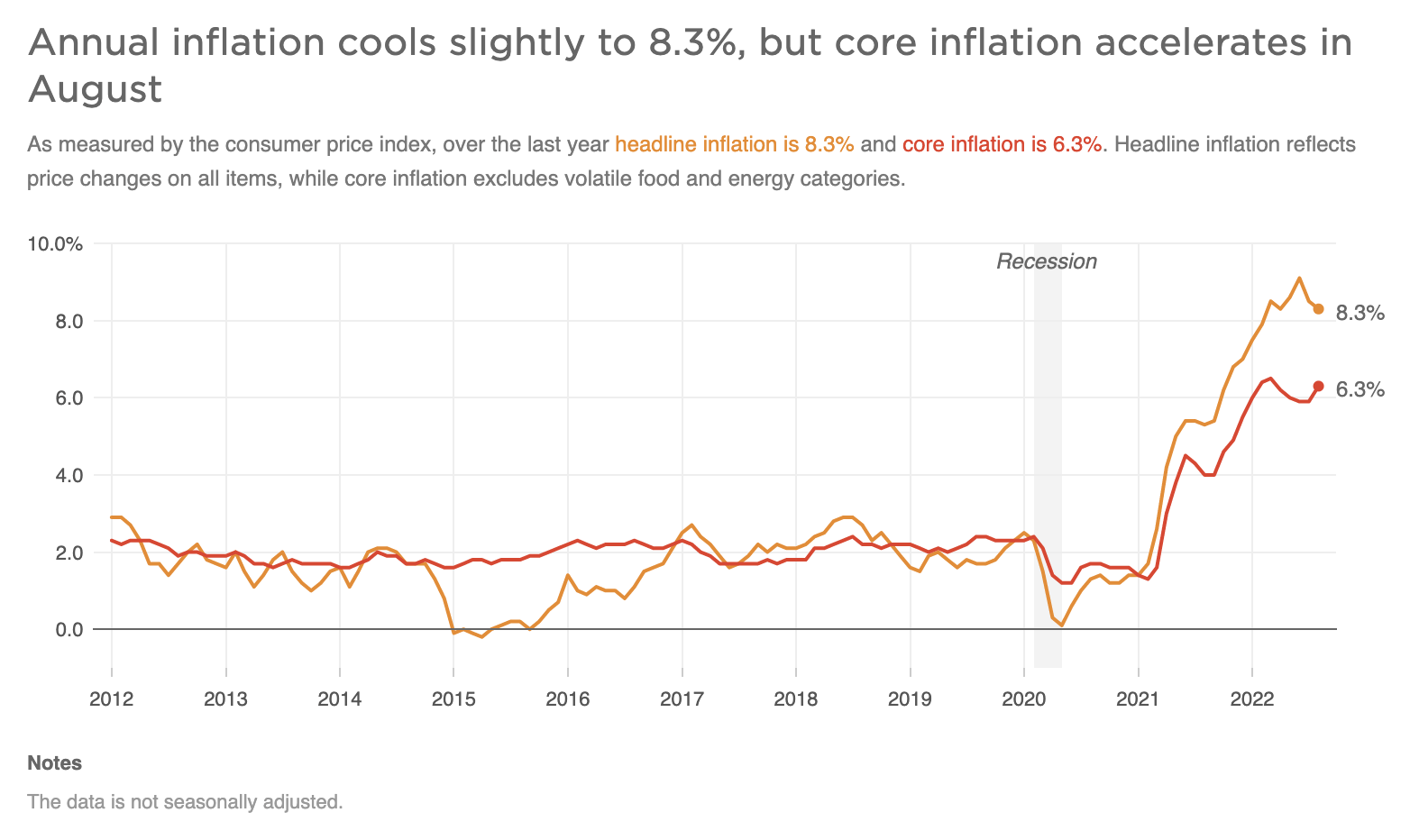Stay up to date with the latest news, announcements, and articles.
According to a report seen on CNBC in late 2022, a top Bitcoin mining company was on the verge of bankruptcy over bitcoin’s plummeted values. The company’s stocks were down more than 97%, prompting it to issue a bankruptcy warning through a statement with the Securities and Exchange Commission (SEC). Notably, it’s not the only company struggling with operations amid the crypto winter. There has been frequent news of staff downsizing, operational shutdowns, and bankruptcies throughout 2022.
Here are five tips for Bitcoin mining farms looking to survive a crypto winter in the future.

1. Keep Your Operational Costs Down
Technically, anyone can mine Bitcoin provided they have the resources. However, Bitcoin mining is now for large-scale companies running commercial mining farms with data centers and specialized servers.
Since Bitcoin mining involves using powerful computers to solve complex cryptographic puzzles, electricity is a critical resource. So the mining farms are usually situated near reliable energy sources. Energy costs are thus a significant determinant of Bitcoin mining profitability, and keeping them low can help ease the hash effects of crypto winter. The more expensive power costs become, the fewer profits miners can make. Ideally, a crypto winter will see the value of bitcoin drop, so the value of the 6.25 BTC miners receive for verifying a block decreases. If the value of the rewards cannot meet the operating expenses, mining activities become unprofitable, and this may force companies to shut down.
By reducing operational costs, miners are cutting down on mining expenses to allow them to remain functional and at least make a profit amid a recession. Power costs are the major operating expense for miners and account for the largest proportion of mining costs. According to the latest statistics, Bitcoin mining requires about 139 terra-watt hours of electricity per year, which is equivalent to the annual electricity consumption of individual countries like Norway.
Notably, power costs have persistently been increasing over the past year. In the US, electricity prices have increased by 15.8% in the year ending September 2022. With rising energy costs and falling bitcoin prices, mining companies must explore solutions that minimize their energy expenses. For instance, EZ Blockchain utilizes wasted energy to reduce energy costs and realize its green bitcoin mining goals. They also use wind, solar, gas, and nuclear and provide hosting services for miners that are looking to mine more efficiently.
2. Liquidate Your BTC the Moment You Mined It
According to Jaran Mellerud, a crypto analyst at Luxor Technologies, 2023 will likely be about strengthening balance sheets and improving operating efficiencies for bitcoin miners. Companies will be more concerned with debt reduction and cost minimization, so firms with substantial operating cashflows will have the highest chances of surviving.
However, bitcoin mining expenses directly impact miners’ operating cashflows. As such, these production costs could ultimately determine when the company shuts down its miners when their operating cashflows can no longer meet the direct bitcoin production costs.
For miners with small operating cashflows and high direct production costs, liquidating their BTC as soon as they mine is a good survival tactic. By liquidating bitcoin the moment you mine it, the company can pay for upcoming expenses and remain operational. It saves the company from selling other assets, such as mining equipment, or shutting down operations.

3. Invest In Only Low-Cost Power Facilities
Bitcoin mining started on January 3, 2009, when the anonymous developer Satoshi Nakamoto released the Genesis Block carrying the first 50 BTC. At that time, mining was much more manageable and did not have many requirements like present-day Bitcoin mining. Unlike the specialized graphics cards now used by most miners, Satoshi used a basic CPU to mine the first batch of bitcoin.
However, the bitcoin network is programmed to increase the mining difficulty. Ideally, the mining difficulty on the Bitcoin network gets adjusted after every 2,016 blocks or every two weeks. However, the adjustment, whether upward or downwards, is determined by the number of participating nodes on the network and their combined hash value.
Due to the adjustments in mining difficulty, Bitcoin mining has become more complex today and requires specialized mining equipment that is high-cost and energy-intensive. Most miners combine thousands of application-specific integrated circuit chips (ASICs) to achieve higher mining hash rates and become the first to verify blocks to receive rewards.

Typically, these miners exist in different types and categories, with variations in costs and capacities. The highest capacity miners come at a higher price and with more power consumption which means higher operational costs. As a result, mining farms working with low-cost equipment may not achieve the highest hash rates but can reduce their operational costs by paying less for power. Additionally, miners can invest in low-cost energy sources to run their miners and operate more cost-effectively.

4. Do More with Less
With the risk of the prolonged crypto winter becoming an ice age, miners not only need to broker the best energy deals but also strive to do more with less. For some companies, the only solution is to downscale their mining hardware amid the crisis. Fewer mining rigs mean the hash rates are low, so the possibility of verifying a block is also low. Such miners can leverage the power of mining pools by pooling their remaining hardware with miners alike and mining together.
That way, each miner contributes a low hash rate at lower power consumption levels but increases their chances of cracking the hash and receiving mining rewards. The verifying node in the mining pool gets the compensation and shares it with the rest based on their share of computing power within the mining pool. Miners can also use software to automate tasks such as pool and network updates.
Additionally, miners can participate in demand response programs that will allow them to sell power back to the grid during high demand. With demand response programs, miners can reduce their energy costs and boost revenues which can help meet some of their operational expenses or repay debts. Mining also becomes more profitable when companies mine during less expensive times.
Further, they can recapture the heat generated by the mining rigs and channel it to more applications that help minimize costs or create new revenue streams. For instance, Bitcoin mining companies are forging partnerships with other companies that can put the wasted heat energy into productive use.
Genesis Mining has already partnered with agencies in the food industry to provide heat for their greenhouses. According to the details of the partnership, as published on Nasdaq, Genesis Mining committed to delivering a 600 KW air-cooled data center container to heat a 300 square meters greenhouse. The heat from the data center that would otherwise go to waste will now be used to farm fruits and vegetables.
5. Run in Low Power Mode
Bitcoin mining is transitioning from being a part of the crypto industry to more of the energy industry. As the power demands and electricity costs continue to rise amid the environmental concerns of Bitcoin mining, miners will need to integrate with their power generation vertically. It will be a great way to maintain a stable operation, especially for miners with hardware that can run in low-power mode.
In the low power mode, the voltage flowing to the computer processor and components is reduced dynamically on run time to conserve electric voltage. It decreases the power consumption of the mining hardware over time, resulting in the system using less power and lower temperatures.
The overall power consumption and heat production of your mining equipment gets reduced significantly, and so are your operational costs. It is a great way to boost profitability and survive a crypto winter. Additionally, the equipment runs more efficiently and lasts longer due to the little heat production, meaning more savings in terms of costs.

In Summary
Although Bitcoin mining operations have received much criticism over their power consumption, they are still vital in solving some of the real-world problems in the energy industry. Mining companies may view the crypto winter as the most challenging season, but it could leave some positive impacts that will live on past the bear season.
For instance, for mining farms that will manage to cut their operational costs and survive the winter, it means they will be in for higher profits beyond the season since they can keep operating at low costs. Additionally, companies that invest in low-cost facilities and become vertically integrated with their own sources of power will enjoy long-term stability in their operations and more profitability. Besides, other industries also benefit from the Bitcoin mining companies’ pursuit of more efficient operations.
Fill out a form and our bitcoin mining expert will contact you.
FREE CONSULTATIONchoose
a miner
profit and
understand data?
business remotely
with EZ Blockchain?
Fill out a form and our bitcoin mining expert will contact you.











